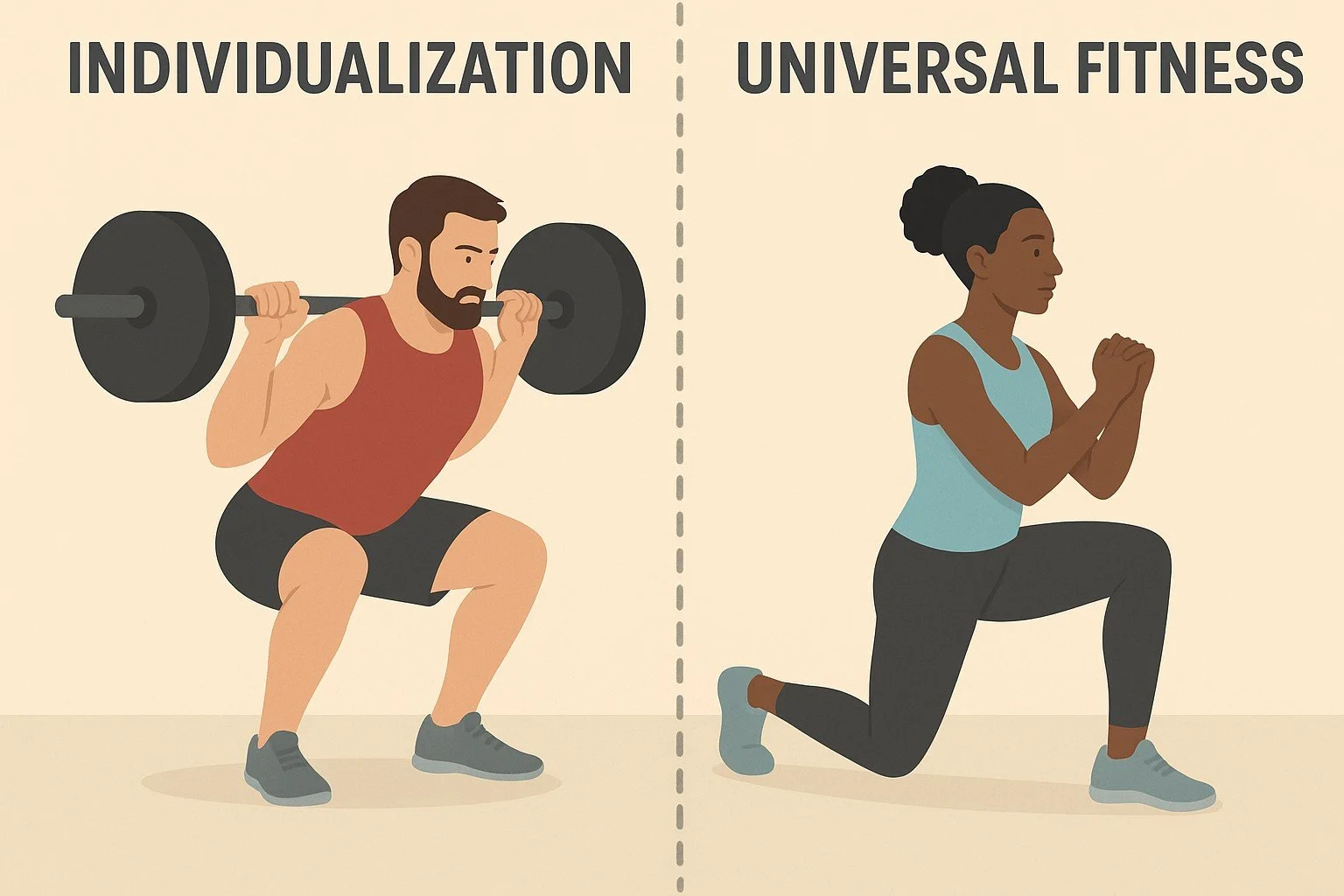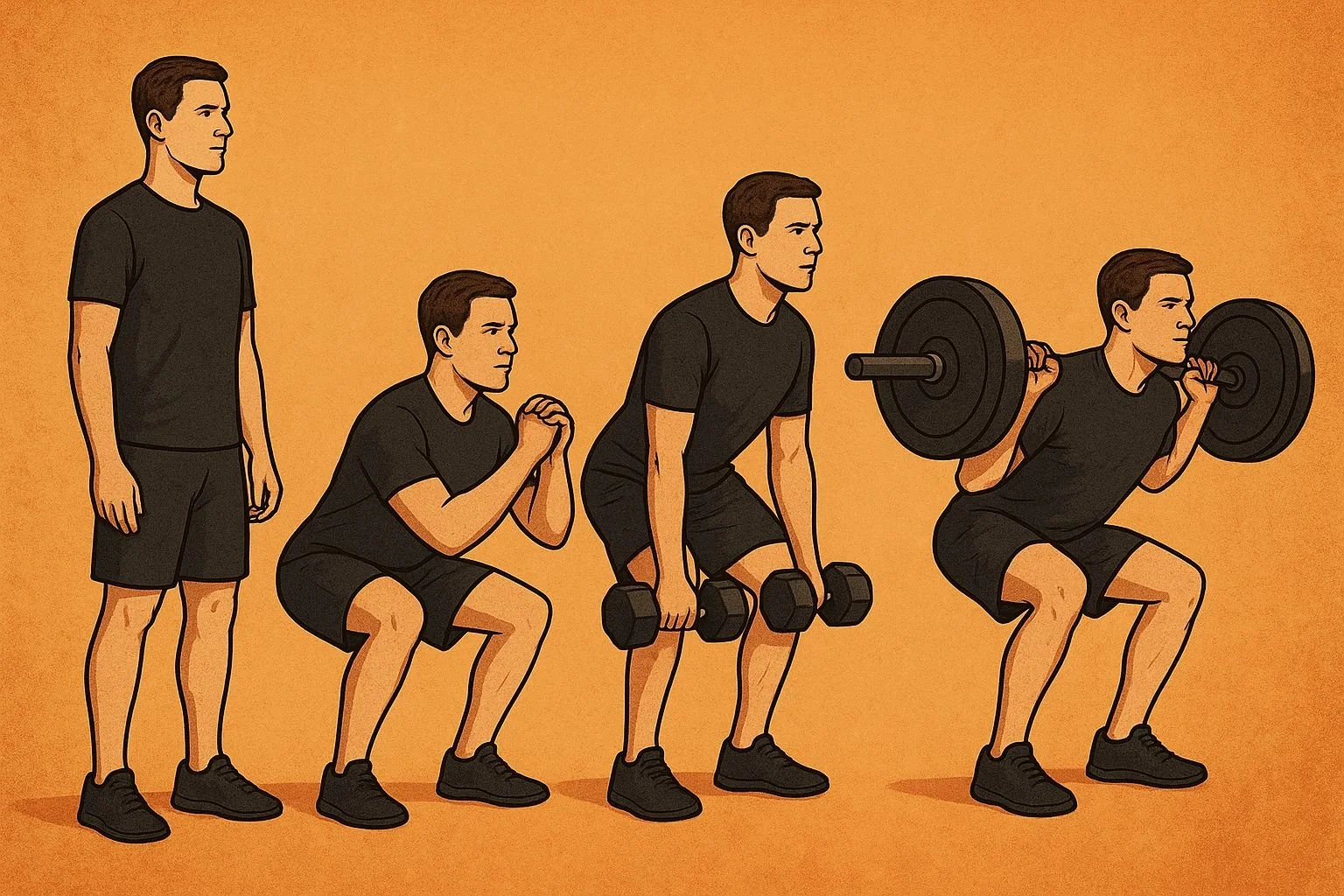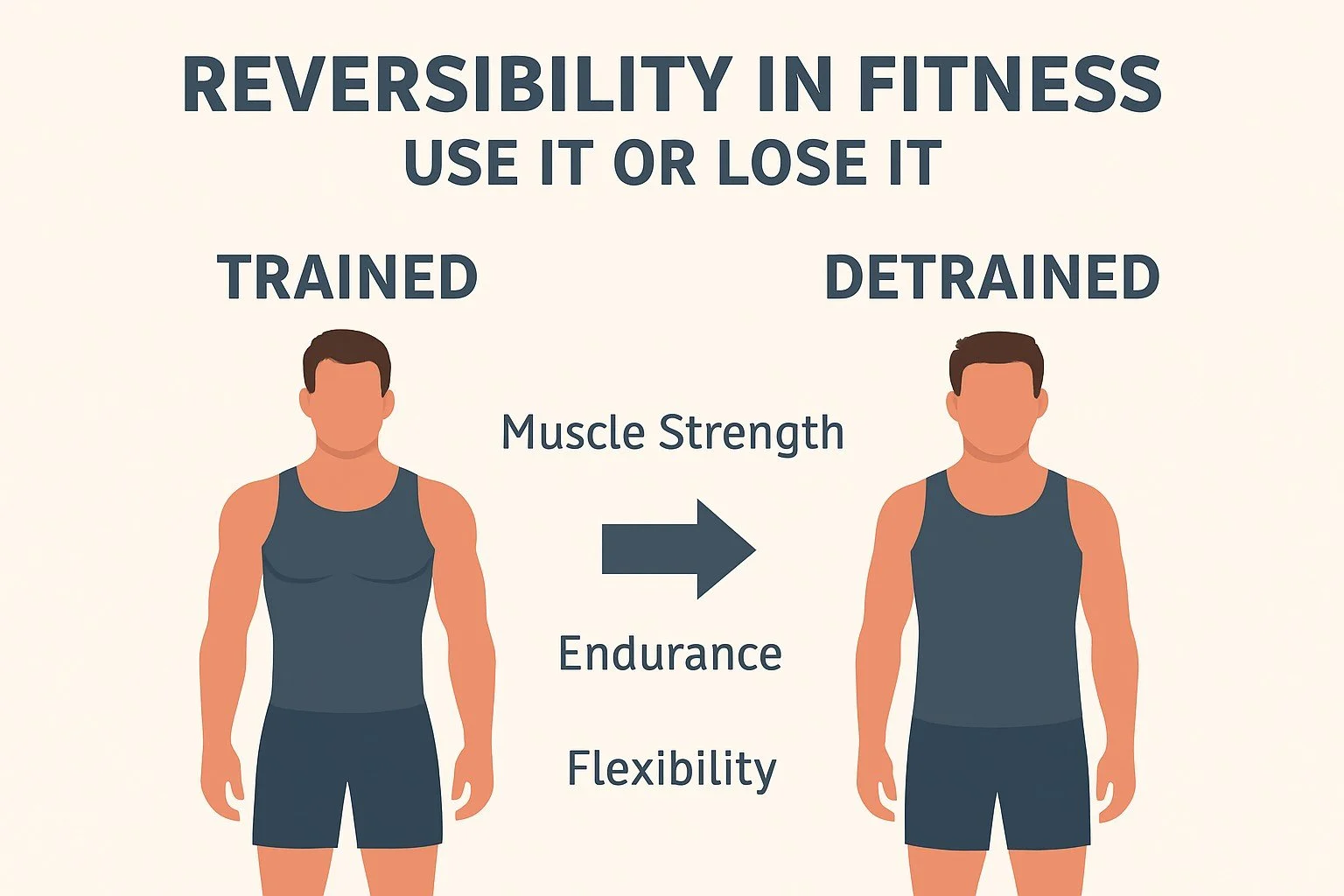Blogs & Articles
Functional Power Training: The Most Overlooked Predictor of Longevity
Muscular power—your ability to produce force quickly—is one of the strongest predictors of longevity and independence. This article explains why power declines with age, how it affects real-world mobility, and why functional power training is essential for preventing falls, maintaining confidence, and preserving quality of life.
Neuromotor Training: The Missing Link Between Strength and Real-World Function
Neuromotor training improves balance, coordination, and reaction time—the skills that make strength useful in daily life. This article explains how age-related changes in the brain and nervous system affect movement quality and why targeted neuromotor exercises can dramatically improve mobility, stability, and functional independence. Ideal for adults over 50 looking to stay strong, steady, and capable in real-world situations.
Task-Specific Functional Training vs. Traditional Strength Training: How the Body Truly Adapts
Functional training and traditional strength training create different—but complementary—adaptations in the body. Traditional lifting increases maximal force production, muscle mass, bone density, and tendon strength. Meanwhile, task-specific functional training improves movement efficiency, neuromuscular coordination, balance, and real-life performance. Research shows that older adults and everyday lifters get the best results when they combine both approaches: foundational strength to build capacity, and functional patterns to apply that capacity in daily activities like stairs, floor transfers, and sit-to-stand transitions. This hybrid approach improves mobility, reduces fall risk, and helps maintain independence as people age. Understanding the difference between these two training styles is essential for building a body that’s not only strong in the gym, but capable and confident in real life.
Degenerative Decline: How Functional Training Prevents Late-Life Disability
Degenerative decline isn’t caused by aging alone—it’s caused by losing the strength and movement patterns that keep us independent. Functional resistance training rebuilds the skills older adults rely on every day, like standing up, climbing stairs, lifting, and balancing. Unlike cardio alone, which can’t prevent weakness, functional strength training targets the core abilities that protect mobility and reduce fall risk. Even just two short sessions per week can reverse deconditioning, restore confidence, and slow late-life disability. Improving functional strength keeps people active, engaged, and capable—extending independence and preserving quality of life. This is the foundation of aging well.
Functional Resistance Training for Healthy Aging: The Most Effective Way to Stay Strong, Mobile, and Independent
Functional resistance training is one of the most effective ways to support healthy aging. Instead of isolating muscles, this training strengthens the movement patterns older adults rely on every day—standing up, climbing stairs, lifting, bending, and maintaining balance. Research shows that functional strength is a major predictor of long-term independence and quality of life, especially for adults over 40. It improves mobility, stability, balance, and joint health while reducing fall risk and enhancing cardiovascular capacity. Even light resistance training can build enough strength to keep people active and prevent the decline that comes from inactivity. If you want to stay strong, mobile, and independent as you age, functional resistance training is one of the best and safest ways to do it.
Healthy Aging: Why Functional Strength Beats Endless Cardio
Aging well isn’t just about heart health—it’s about staying strong enough to move through daily life. Functional strength training helps older adults rise from a chair, climb stairs safely, and maintain independence. Unlike cardio alone, strength training builds resilience, prevents decline, and supports healthy aging by keeping the body capable and active.
Individualization in Training: Important, But Not Everything
When it comes to exercise, individualization often gets praised as the most important principle—but the truth is more balanced. Yes, everyone is unique: age, genetics, training history, and injuries all influence how you respond to workouts. But despite these differences, the fundamentals of human movement and adaptation remain the same. We all squat, hinge, push, pull, rotate, and carry. Muscles grow when challenged progressively, and cardiovascular systems improve with consistent effort. What changes is not the movement itself, but the intensity, load, or variation that suits your current ability. The key is to individualize enough to respect personal needs while never losing sight of the universal foundations that apply to all humans. This article explores why chasing hyper-personalized training isn’t necessary for most lifters, and why mastering the basics—movement, progression, and recovery—will take you further than endlessly seeking a “perfect” plan.
Why Variety Matters in Fitness: The Principle of Variation
Doing the same workout every week may feel safe, but it often leads to plateaus, boredom, or even injury. That’s where the principle of variation comes in. By making smart changes to your exercises, intensity, and training style, you can keep your body adapting and your motivation high. In this post, we explain why variation matters, how to apply it without losing focus, and why it’s especially important for older adults. Whether your goal is strength, endurance, or general fitness, learning how to rotate and refresh your workouts will help you stay consistent and see results for the long haul.
Why One-Size-Fits-All Training Doesn’t Work: The Principle of Individualization
Ever wonder why the same workout plan works wonders for your friend but leaves you stuck? That’s the principle of individualization at work—fitness isn’t one-size-fits-all. Your genetics, age, lifestyle, and goals all affect how your body responds to training. In this post, we explain why cookie-cutter programs often fail, how to recognize what works for you, and practical steps to tailor your training. Whether you’re new to exercise, a seasoned lifter, or an older adult looking to stay strong, understanding individualization will help you maximize progress and avoid frustration.
The Science of Progress: How to Keep Getting Stronger Without Burning Out
Progressive overload is the principle that keeps you getting stronger over time. Learn the science behind it, practical ways to apply it, and the common mistakes to avoid. Whether you’re a beginner or an experienced lifter, this guide will help you train smarter and make steady gains.
Reversibility in Fitness: Use It or Lose It
Fitness progress isn’t permanent—it follows the principle of reversibility, often called “use it or lose it.” When training stops, strength, endurance, and flexibility begin to fade, sometimes within weeks. Endurance declines the fastest, while muscle strength and size stick around longer but aren’t immune. Older adults may lose fitness more quickly, but they also benefit greatly from even small amounts of consistent exercise. The good news? Muscle memory means regaining lost progress is much easier the second time. In this post, we break down how reversibility works, what factors affect it, and simple strategies to slow down fitness loss during busy schedules, vacations, or injury.
Why Training Specific to Your Goals Matters More Than You Think
Specificity is one of the most important principles in training: you get better at what you practice. Learn the science behind the SAID principle, common myths, and how to align your workouts with your goals—so you can see faster progress whether you’re chasing strength, endurance, or long-term health.
The Problem with “Dirty” Calorie & Nutrition Calculators: Why Your Numbers Might Be Lying to You
Calorie and macro calculators promise precision, but most rely on rough estimates and assumptions. This post breaks down why those numbers can be off—and how fitness enthusiasts can use calculators smarter to fine-tune their nutrition without getting misled by “dirty” data. Perfect for anyone serious about lifting, cutting, or building lean muscle.
The Truth About Training Intensity: How Hard Should You Really Be Working Out?
Training intensity is how hard you’re working in each workout—and getting it right is key to building strength safely. This guide explains what intensity really means, how to measure it with the RPE scale, and how to safely increase effort without risking injury. Perfect for beginners and everyday lifters who want smart, effective workouts that deliver results without burnout.
The Truth About Training Volume: A Simple Guide for Everyday Lifters
Training volume might sound complicated, but it’s simply the total work you do in each workout. This beginner-friendly guide explains how many sets and reps you really need, when to add more, and how to avoid overtraining. Learn the “just right” amount of work to build strength safely and keep making progress week after week.
The Best Beginner-Friendly Gym Equipment (And How to Use It)
Starting strength training? Here’s the best beginner-friendly free weight equipment—and how to use it safely.
Strength Training for Beginners Over 50: How to Start Safely
Thinking about starting strength training after 50? Here’s how to begin safely, build confidence, and feel stronger every day.
Maximal Recoverable Training Volume & Minimal Effective Training Volume
Coach Pierce discusses workout training volume. How much training is too much? What is not enough training? And how much you should be doing in your workout.
Muscle Hypertrophy: Intro
Unlock the secrets of muscle growth with our guide to hypertrophy. Learn how to train, eat, and recover effectively to build your ideal physique. Get the science-backed tips you need.




















